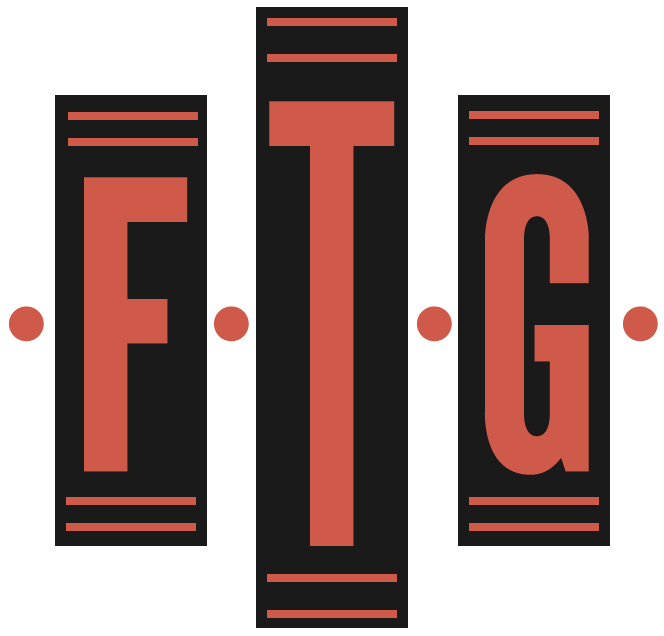Cash Flow Analysis – Beginning and Advanced
Length: 2 Days
Course Goals
Traditional financial analysis teaches financial health analysis. Cash flow analysis builds on this to determine availability of funds to repay debt. Cash, not net profits, repays loan. Since today’s loan is repaid with tomorrow’s cash, understanding the present and future cash flows of the company are key to any loan decision. It also has ramifications on loan structure and covenants.
Course Objectives
Upon completion of the course, participants will be able to:
- Describe the difference between traditional and modern cash flow analysis
- Manually construct a cash flow statement
- Analyze the primary sources and uses of cash for a company
- Explain the relationship between the cash flow statement, the balance sheet and income statement
- Describe how changes in a company’s working capital may be affecting its cash flow
- Assess a company’s ability to handle debt obligations
- Utilize both direct and indirect cash flow methods
- Explain the nuances of automated cash flow methods
- Prepare and analyze projections
- Describe how cash flow analysis can affect loan structuring
- Use sensitivity analysis to test key variables and their effect on cash flows
Format and Timeframe
The FTG approach is to customize all materials and case studies to reflect the lending environment actually experienced by the participant. Lecture and discussion, supplemented by group exercises and role play keep the course both fast paced and interesting.
The advanced session is designed for more experienced bankers, while the beginning version is appropriate for new hires and participants unfamiliar with ratios and financial statements.
Who Should Attend?
This course is appropriate for anyone who works in commercial or middle market lending including: Senior Lenders, Commercial Lending Officers, Relationship Managers, Portfolio Managers, Financial Analysts, Underwriters and Loan Review personnel.

